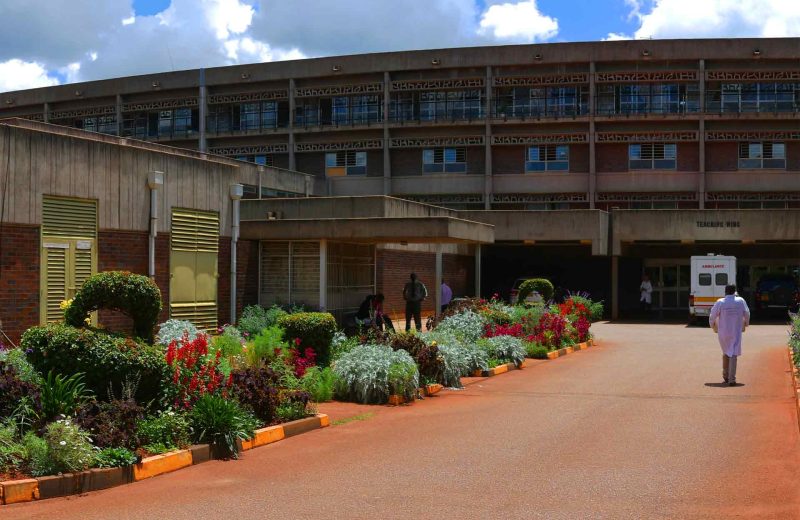Matebeleland Province has emerged with the highest HIV prevalence rate in Zimbabwe, standing at 17.3%, according to Health Minister Douglas Mombeshora.
During a question-and-answer session at the National Assembly on Wednesday, Minister Mombeshora disclosed that Matabeleland South recorded a 17.3% prevalence rate for the year ending December 2023, with Matabeleland North following at 14.5%.
These figures are notably higher compared to the national average, where most provinces range between 9% and 11%. Manicaland reported the lowest prevalence rate at 9.4%, closely followed by Masvingo at 9.6%.
Addressing the Disparity
While acknowledging the disparity, Mombeshora stated that pinpointing the exact reasons for the higher rates in Matabeleland South and North would require detailed analyses from Provincial Medical Directors. This information would help identify local challenges and tailor corrective measures accordingly.
ALSO READ: Drama As Bulawayo Man Files For Divorce Because His Wife Cheated In A Dream

ART Treatment and Future Prospects
Zimbabwe currently has approximately 1.2 million people on antiretroviral therapy (ART). “We hope to see a decrease in this number, partly due to natural attrition and the birth of HIV-negative children thanks to modern treatments,” Mombeshora said.
Addressing sustainability beyond donor funding, Mombeshora highlighted ongoing efforts to develop a sustainability roadmap to manage potential funding gaps after 2026.
National AIDS Council’s Efforts
“The National AIDS Council, through the National AIDS Trust Fund established by the government, has significantly supported programs that reduced the prevalence rate from nearly 30% at the peak of the epidemic to the current figures,” Mombeshora explained. “A 10% prevalence rate may seem alarming, but considering we have reduced it from nearly 30%, much progress has been made.”
ALSO READ: Prominent Businessman Frank Buyanga Implicated in US$500,000 Fraud Case
Local Production of Contraceptives and Condoms
Emakhandeni-Luveve MP Discent Bajila (CCC) raised concerns about Zimbabwe’s current lack of local contraceptive and condom production. Bajila questioned, “Are we moving towards local manufacturing of these products if international partners withdraw their support?”
Mombeshora acknowledged Zimbabwe’s reliance on imports but expressed aspirations to enhance local manufacturing capabilities, drawing inspiration from successful models in countries like Egypt.
“Currently, Zimbabwe does not manufacture these commodities. We have an arrangement with an Indian company for oral contraceptives specifically for Zimbabwe. For condoms, we procure them from various sources,” Mombeshora said. “Although we are not fully reliant on donor funds for contraceptives, we purchase them with Treasury funds, distributing them free of charge to needy women and adolescents.”
Mombeshora mentioned plans to partner with entities that could help build local manufacturing capacities. “We have visited many manufacturing facilities, especially in Egypt, where local production is highly developed,” he added.
Condom Accessibility
Regarding condom accessibility, particularly for vulnerable groups, Mombeshora assured that government-distributed condoms are available for free. He suggested that market-priced condoms might not be from the government’s supply chain.
“Condoms distributed through global funds and the National AIDS Council are free. If there are condoms being sold, they might not be from our supply. We recently faced storage space challenges at NATPHAM and decided to distribute more condoms to create space for incoming drugs and other supplies,” Mombeshora said. “I cannot confirm whether the sold condoms are our free supplies being misused.”
Follow Us on Google News for Immediate Updates
The post Minister of Health Reports Matebeleland Province Tops Zimbabwe’s HIV Prevalence Rates appeared first on iHarare News.










 Zim Instantly via Simplex Solutions
Zim Instantly via Simplex Solutions